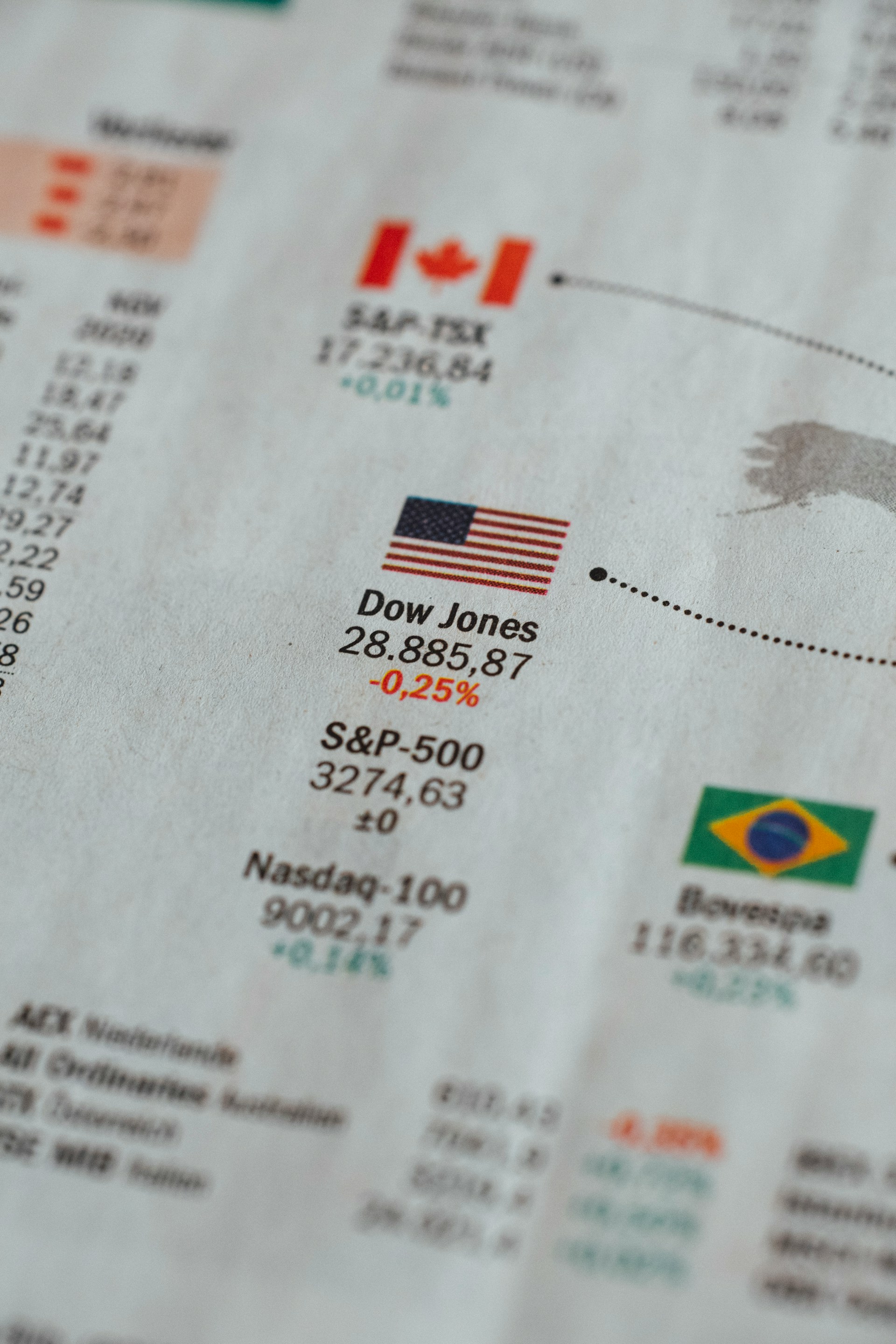The headline move was clean enough. A softer July inflation print eased pressure on the Federal Reserve, pushing the S&P 500 and Nasdaq to fresh records on Tuesday, while the Dow also advanced. The cash close put the S&P 500 at 6,445.76, the Nasdaq at 21,681.90, and the Dow at 44,458.61, each benefiting from a renewed belief that monetary policy will turn incrementally looser from September. The Russell 2000’s near 3 percent gain rounded out the risk-on tone. These are not just numbers, they are signals that the market believes disinflation is durable enough to let the Fed pivot without credibility damage.
Under the surface, the inputs largely justified that optimism. The Bureau of Labor Statistics reported headline CPI up 0.2 percent month on month in July and 2.7 percent year on year, with core at 3.1 percent. That is not perfect, but it is progress. Pricing in fed funds futures quickly leaned toward a cut in September, with market-implied probabilities hovering around the ninety percent mark, a decisive shift back to easier policy.
Rate-sensitive corners responded in textbook fashion. Banks were bid as the curve hinted at a bit more steepness, helping net interest margins if funding costs compress faster than asset yields. Small caps rallied, reflecting the relief that financing conditions might ease for balance sheets that lack mega-cap insulation. Airline stocks soared after CPI showed airfares rising in July, a reminder that sector-specific pricing power can coexist with aggregate disinflation. The rotation was not a rejection of the winners, it was a catch-up move in segments that have lagged the S&P 500 record highs.
Big Tech still set the agenda. Alphabet gained after Perplexity lodged a US$34.5 billion all-cash bid for the Chrome browser, a headline that reads like theater but points to a serious strategic truth. In the AI era, distribution is the moat. Owning the default surface where users start their query or task confers data, monetization, and product feedback loops that no model-only strategy can match. Even if the offer goes nowhere, it spotlights where antitrust remedies, venture capital ambitions, and incumbent defenses now collide.
Semiconductors took their own turn in the spotlight. Intel jumped after President Donald Trump met CEO Lip-Bu Tan, a swift tonal shift from last week’s call for his resignation. The stock reaction made sense. Policy proximity matters in a world where export permissions, subsidies, and procurement can change a chipmaker’s cash generation profile faster than any single product cycle. The meeting telegraphed a willingness to deal, and markets priced that optionality.
Policy, however, is not a one-way tailwind. The extension of the U.S.–China tariff truce until November 10 removes one near-term escalation risk but keeps the regime intact. That buys time rather than resolution and it arrives just as markets are rediscovering rate-sensitive beta. For operators with cross-border exposure, the signal is to keep supply chains flexible and pricing clauses current. For investors, it narrows one source of downside skew while leaving the structural debate unchanged.
Data credibility is the other thorn. Weeks after the president dismissed the BLS commissioner following a weak jobs report and large downward revisions, the nomination of Heritage economist E. J. Antoni to lead the bureau has drawn scrutiny. Markets are pragmatic, they will trade the numbers that clear, but confidence in the time series that anchor policy reaction functions is not a trivial asset. Undermine that too far and the discount rate embeds a governance premium. The confirmation process will be watched as closely as the data itself.
Corporate actions reinforced the sense that capital is re-tilting to specialty and services. Cardinal Health’s US$1.9 billion agreement to acquire Solaris Health deepens its position in urology and MSO platforms. The stock fell on the print, a reminder that balance-sheet choices still get marked to market in a high-valuation environment, but strategically this is the sort of margin-accretive adjacency that health-care distributors have pursued in every late-cycle since 2010.
What should strategy teams take away from this session? First, a single CPI that confirms the disinflation trend is enough to reprice the path of rates, and the path of rates still dominates equity multiples. Second, breadth can improve without dethroning mega-caps, but the reason it can improve is policy. If September delivers the first cut, the rally becomes less narrow. Third, distribution is the competitive frontier in AI. The Perplexity gambit reads as long-shot M&A, yet it broadcasts where value accrues in a world of abundant models. Finally, geopolitics and governance remain the wild cards. A tariff pause extends breathing room, while the BLS appointment saga reminds markets that statistics are an institution, not a press release.
This was a day when price action looked simple and the narrative felt supportive. The strategy signal is subtler. The market is rewarding credible easing, distribution advantage, and specialty scale, while quietly penalizing fragility in policy and balance sheets. That mix can carry through the quarter, provided the next prints rhyme with July.









.jpg&w=3840&q=75)




.jpg&w=3840&q=75)